Description
Solving circuit problems is less a matter of knowing what steps to follow than why those steps are necessary. And knowing the why stems from an in-depth understanding of the underlying concepts and theoretical basis of electric circuits. Setting the benchmark for a modern approach to this fundamental topic, Nassir Sabah’s Electric Circuits and Signals supplies a comprehensive, intuitive, conceptual, and hands-on introduction with an emphasis on creative problem solving.
A Professional Education
Ideal for electrical engineering majors as a first step, this phenomenal textbook also builds a core knowledge in the basic theory, concepts, and techniques of circuit analysis, behavior, and operation for students following tracks in such areas as computer engineering, communications engineering, electronics, mechatronics, electric power, and control systems. The author uses hundreds of case studies, examples, exercises, and homework problems to build a strong understanding of how to apply theory to problems in a variety of both familiar and unfamiliar contexts. Your students will be able to approach any problem with total confidence. Coverage ranges from the basics of dc and ac circuits to transients, energy storage elements, natural responses and convolution, two-port circuits, Laplace and Fourier transforms, signal processing, and operational amplifiers.
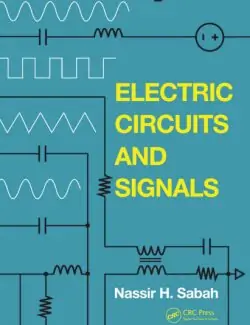
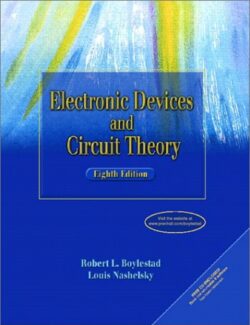
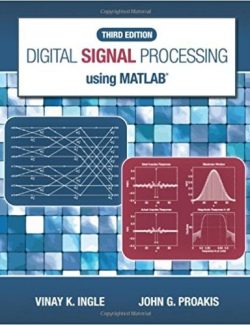

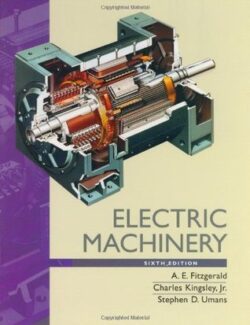
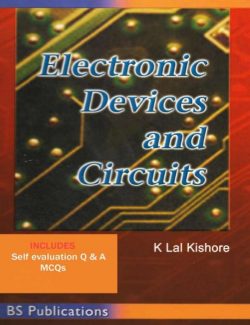
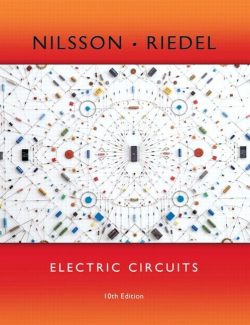

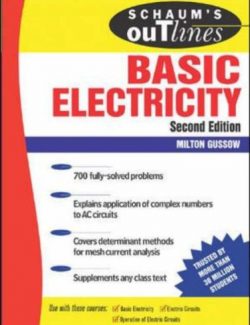
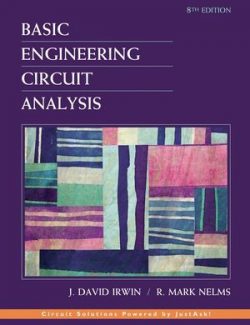
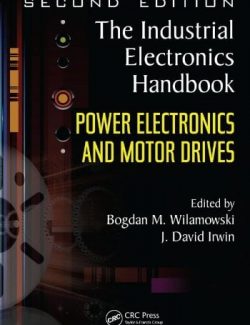
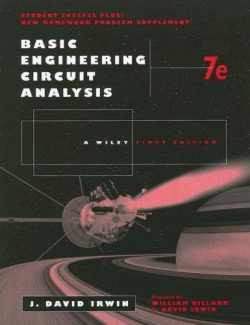
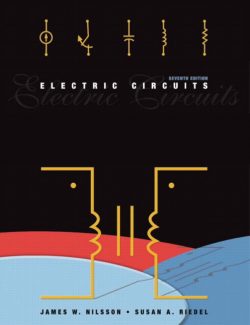
Leave us a comment
No Comments